Back in the 20th century, space was accessible only to astronauts — though ideas about its commercialization were already being discussed as early as the 1960s. Today, several decades later, more than 50 people have become space tourists, joining research missions without being professional astronauts. So, how much does a space trip cost? Can anyone go to space — and what does the future hold for this new entertainment industry?
The First Civilian in Space
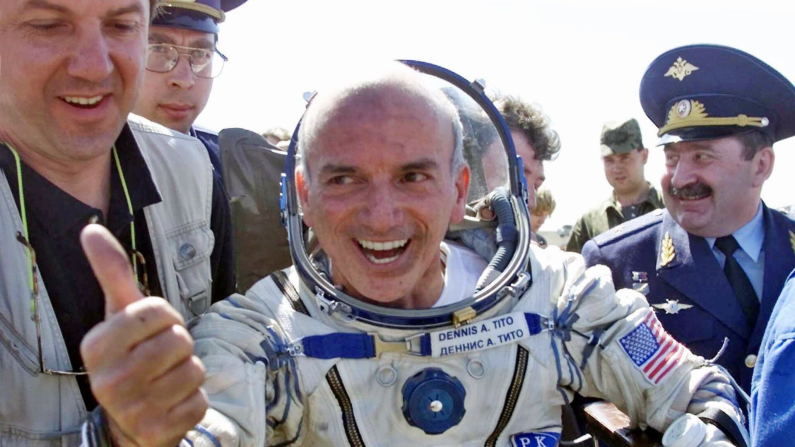
The story of Sharon Christa McAuliffe — who could have been the first “tourist” in space — ended tragically, though it began like a fairy tale. She won NASA’s Teacher in Space competition and joined the seven-member crew of the Space Shuttle Challenger. Beginning in 1985, Christa underwent astronaut training, and in 1986 the Challenger launched. Just seconds after liftoff, the shuttle disintegrated, killing all crew members. McAuliffe was posthumously awarded the Congressional Space Medal of Honor.
As a result, the first true spaceflight with a tourist on board is considered to be the mission between April 28 and May 6, 2001. The pioneer was American entrepreneur and multimillionaire Dennis Tito. Besides running a major investment firm, Tito had long been fascinated by space, worked at NASA’s Jet Propulsion Laboratory, and funded public space projects.
Tito trained for eight months, learning the basics of spacecraft control — including manual docking with the ISS in case of automation failure — and underwent rigorous physical preparation. After passing his pre-flight exam, he was cleared to fly. Together with Russian cosmonauts Talgat Musabayev and Yuri Baturin, Tito launched from the Baikonur Cosmodrome in Kazakhstan. In just over a week, they orbited the Earth 128 times. The adventure cost him $150,000. It wasn’t entirely smooth — Tito experienced chest pains during launch and hit his head on a hatch while floating on the ISS — but the crew handled both incidents successfully. Upon returning, Tito said:
“It was the greatest adventure of my life. I was in heaven — literally — floating like an angel and looking down on Earth. I knew it would be risky and prepared for the worst, but every single day I felt euphoric.”
The following year, in 2002, another Russian spacecraft took South African millionaire Mark Shuttleworth to the ISS. The first tourist to return to space was entrepreneur and software developer Charles Simonyi, who flew to the ISS in both 2007 and 2009.
Leaders in Orbit
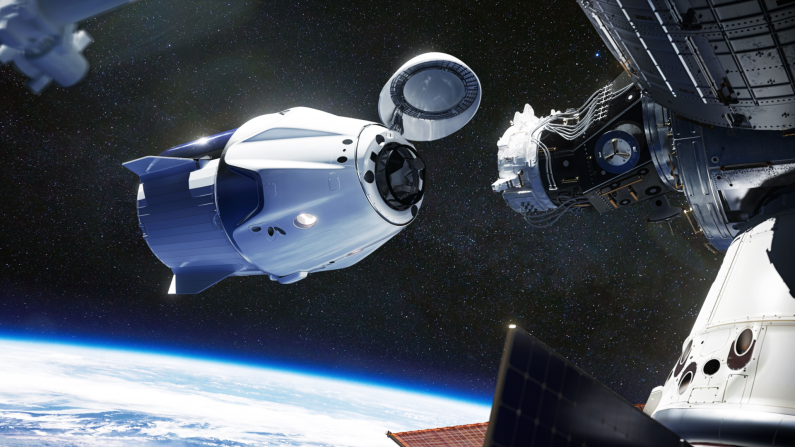
NASA itself still does not fly paying tourists. The leader in the field remains Space Adventures, Inc., a U.S.-based company that has specialized in orbital space tourism since 1998. It remains the first and only company to organize private astronaut missions to Earth orbit — including Dennis Tito’s historic flight. Charles Simonyi also flew with Space Adventures. Their offerings include suborbital and orbital flights, lunar flyby missions, weightlessness experiences, and astronaut training. Prices range from $20 million to over $50 million for a trip to the ISS.
Virgin Galactic, founded by Richard Branson, offers suborbital flights aboard SpaceShipTwo, a carrier aircraft and spaceplane that ascends to about 50 miles (≈80 km). Passengers experience around four minutes of weightlessness, with a total trip time of about 90 minutes. Tickets currently cost about $600,000 per seat.
Blue Origin, Jeff Bezos’ private aerospace company, offers suborbital flights on New Shepard from West Texas. Flights cross the Kármán line (≈62–100 km), providing about three minutes of weightlessness over an 11-minute trip. Tickets cost between $200,000 and $300,000 — and the company even accepts cryptocurrency payments. So far, Blue Origin has flown 58 passengers, including celebrities and entrepreneurs.
For those seeking multi-day orbital missions, SpaceX offers private flights aboard Crew Dragon, including trips to the ISS. A seat costs around $70 million, and training follows NASA’s own standards and can last up to a year.
Finally, there’s Zero Gravity Corporation (Zero-G), which offers parabolic flights creating short periods of weightlessness. Tickets start at around $8,000, and the flight lasts 90–100 minutes.
The Future of Space Tourism: New Horizons
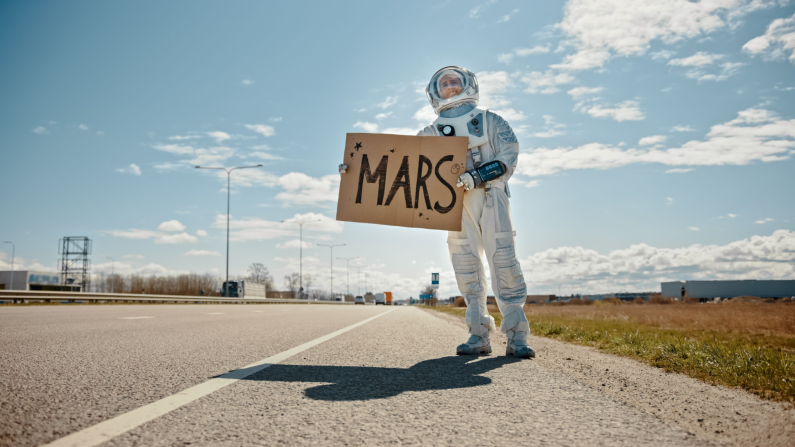
Space tourism is rapidly growing, primarily attracting wealthy individuals — entrepreneurs and celebrities. By 2030, the market is expected to reach $3 billion. A promising trend is using spacecraft for civilian point-to-point travel — for instance, flights from New York to Tokyo in under 40 minutes instead of 14 hours. SpaceX aims to make this a reality.
Blue Origin, meanwhile, seeks to make spaceflight more accessible, lowering prices to the $200–300K range (far below today’s $50–70M) to attract a mass audience. Market analysts at Mordor Intelligence note that suborbital tickets are already becoming cheaper and demand is rising. Plans for private orbital hotels and longer missions — with opportunities for tourists to take part in scientific research — are on the horizon.
Even major hotel chains are getting involved: Hilton has announced plans for Hilton Starlab, a mini-hotel on orbit by 2028.
NASA and its partners, including the Artemis program, plan regular lunar missions — possibly including tourists. Japanese billionaire Yusaku Maezawa announced the DearMoon project, a mission around the Moon aboard SpaceX’s Starship with a crew of artists and scientists. The project is currently delayed, but such a flight could become technically feasible in the 2030s.
Mars tourism is far more challenging. A one-way trip takes six to nine months, meaning commercial tourist flights to Mars are unlikely before 2050. Nevertheless, research is underway: private companies and governments are developing life-support systems, radiation shielding, and sustainable food production methods for microgravity environments.
Space is no longer just for science. Hollywood has its eye on orbit: Tom Cruise is reportedly set to shoot and produce a feature film aboard the ISS as part of an Axiom Space mission on SpaceX’s Crew Dragon. Russia has already beaten Hollywood to it: in 2023, actress Yulia Peresild and director Klim Shipenko spent two weeks on the ISS to film The Challenge — the first feature film shot in space.
Soon, space could host concerts, sports events, and more. One ambitious concept is SEE-1, a space module designed as a microgravity studio for film, music, and live events.
Space has evolved from a purely scientific frontier into a full-fledged industry blending technology, business, and entertainment. Once-inaccessible spaceflights costing tens of millions are now giving way to more affordable suborbital trips. With films, cultural projects, and private space stations in development, orbit is quickly becoming the most extraordinary tourist destination humanity has ever had.
Share this with your friends!
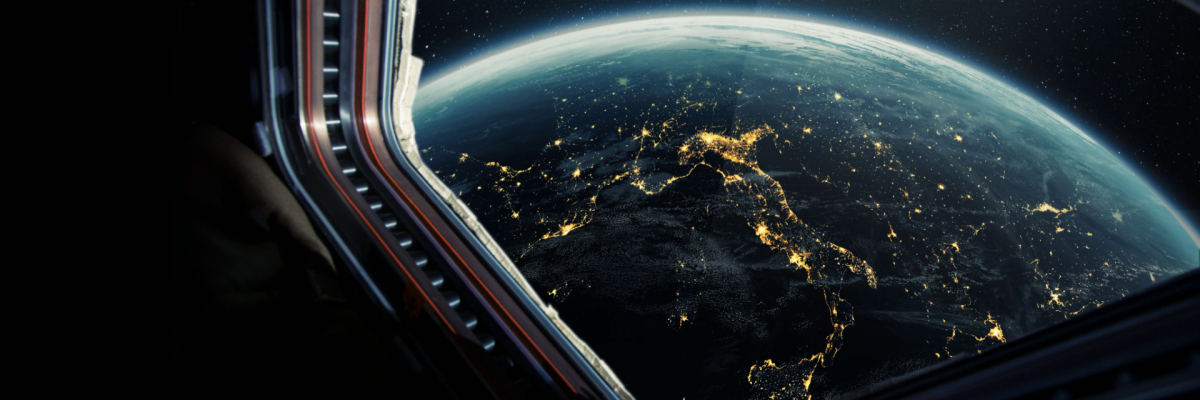




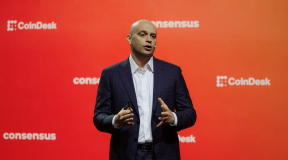
Be the first to comment
Please log in to comment